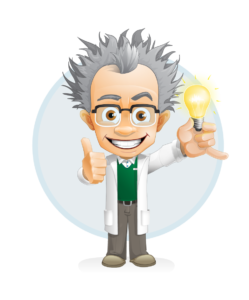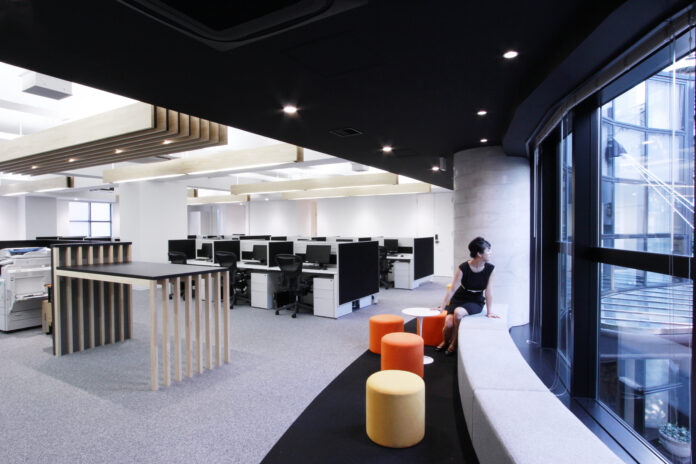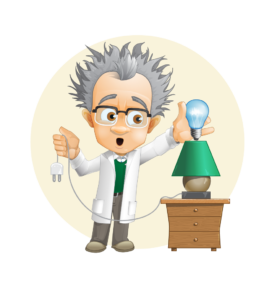Studies about lighting have traditionally focused on issues such as energy use, cost, and visibility. Only recently have we begun to understand the effect of lighting on the physical, mental, and emotional well-being of humankind. The development of lighting technology has exposed humans to unnatural light patterns that interrupt our circadian rhythm (sleeping patterns) and can negatively affect our moods and cognitive abilities.
Big Data Comes to Light Science
While there have been several studies conducted on human-centric lighting (HCL), they have mostly taken place on a small scale. Now researchers are expanding the scope of their observations and have been collecting large amounts of data that can actually quantify the benefits of HCL in environments such as schools, factories, and hospitals.
The lighting industry in Europe has been the first to sponsor this research. Recent studies by LightingEurope, AT Kearney, and the German Electrical and Electronic Manufacturers’ Association (ZVEI) are the first to provide quantitative data on HCL. For example, researchers have analyzed how upgrading old fixtures to HCL can affect worker productivity and electrical costs. They have also reviewed how the use of HCL in medical facilities has increased patient well-being and decreased insurance expenditures.
New Technology Allows for Varied Applications
The new research is assisted by improvements in lighting technology. The development of LED lighting technology enables control over the intensity and color of light. Thanks to digital lighting with LED, wireless connectivity is also possible, which can give individuals the power to set their own light levels, even in crowded settings like an office. Workers can control lighting from a smartphone app to provide light only where it is needed and desired.
Adaptive lighting technology also allows for easier data extraction; fixtures can be equipped with sensors that monitor a room’s occupancy, temperature, humidity, and more. In hospitals, HCL provides increased well-being in patients and new ways to provide optimum care.
HCL to Increase Market Penetration
As the benefits of HCL are discovered and the applicable technologies are perfected, we can expect to see an increased market share for human-centric lighting products. The studies from Europe predict that in the next five years, HCL will have the greatest market penetration in healthcare facilities, followed by offices and schools. Residential use will likely lag behind in the near future.
It was only at the beginning of this century that we started to learn about the benefits of HCL. With new technology and research to help us understand the impact of HCL, we may soon see its large-scale benefits.



